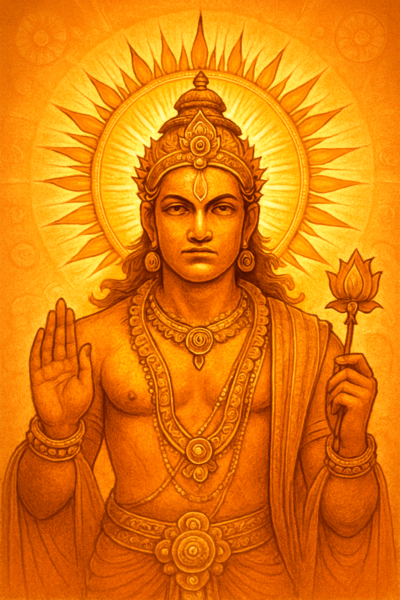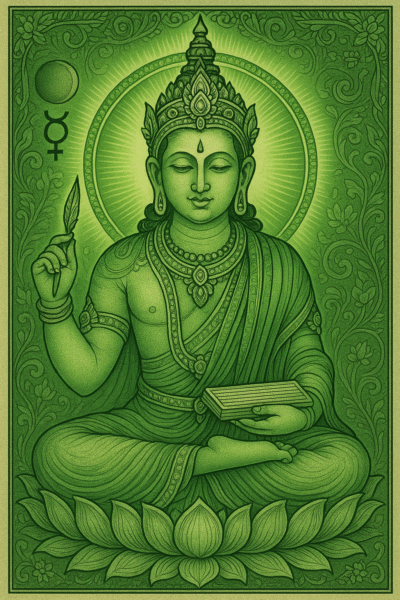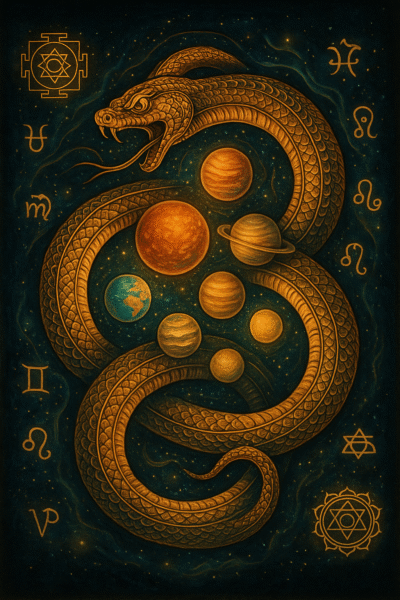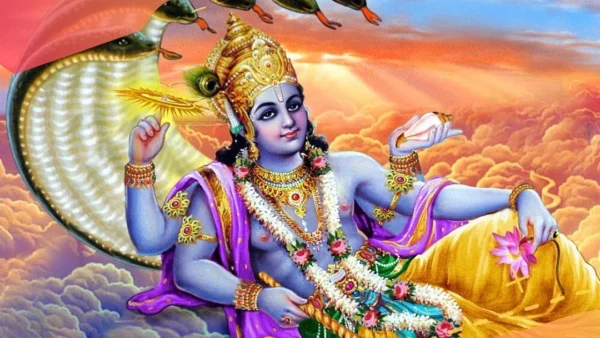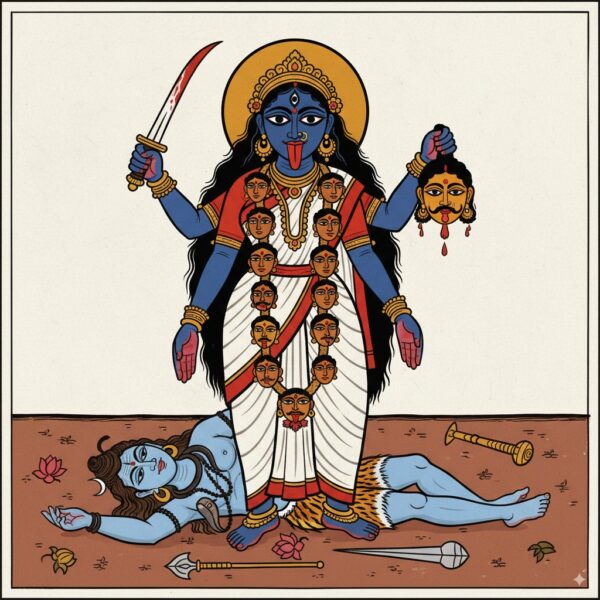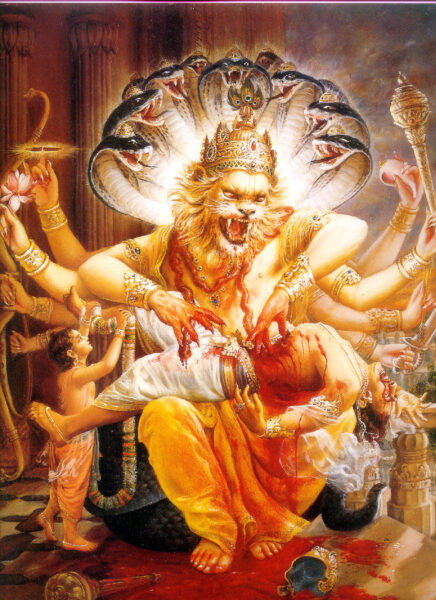Lord Ram - The Ideal King and Embodiment of Dharma
Lord Ram, revered as the seventh avatar of Vishnu and the epitome of virtue, is a central figure of the Hindu faith. His life, as depicted in the Ramayana and other scriptures, exemplifies the principles of righteousness, duty, devotion, and compassion. This article explores his iconography, major legends, spiritual teachings, festivals, mantras, temples, worship practices, and modern relevance.
Introduction
Lord Ram is renowned as the perfect human being, ideal king, devoted son, loving husband, and compassionate ruler. His unwavering adherence to dharma (righteousness) amidst trials serves as an eternal moral guide. The Ramayana chronicles his life and teachings, inspiring millions worldwide.
Physical Attributes & Iconography
- Blue or Dark Complexion: Symbolizes his divine nature and infinite cosmic consciousness.
- Bow and Arrow: Represents his readiness to uphold justice and combat evil.
- Royal Attire: Symbolizes his role as the righteous prince and king.
- Tilaka on Forehead: Denotes sacredness and spiritual power.
- Calm and Compassionate Expression: Reflecting his mercy, justice, and dignity.
- Sandalwood Paste and Garland: Indicative of purity and devotion.
- Halo: Signifies divine aura and supreme consciousness.
Sacred Names & Titles
- Raghunath — Lord of the Raghu dynasty
- ParashuRam-nivasan — Slayer of demon ParashuRam
- Maryada Purushottama — The supreme embodiment of virtue
- Ramchandra — Moon-like Ram
- Dasharathi — Son of King Dasharatha
- Sita Ram — United with his consort Sita
- Bhakta Vatsala — Lover and protector of devotees
- Vishnu Avatar — Incarnation of Vishnu
- Ajaya — The invincible
- Kausalya Nandana — Son of Queen Kausalya
Major Legends & Mythology
Birth and Childhood
Son of King Dasharatha and Queen Kausalya, Ram was born in Ayodhya as part of a divine plan to rid the world of demons. His childhood was marked by exemplary obedience, valor, and compassion.
Exile and Sita's Abduction
Due to palace intrigue, Ram was exiled for 14 years. During this exile, his wife Sita was abducted by the demon king Ravana, leading to the epic war described in the Ramayana.
War in Lanka
With the help of the monkey army led by Hanuman and Sugriva, Ram waged a battle against Ravana to rescue Sita and restore dharma.
Coronation in Ayodhya
After defeating Ravana and completing exile, Ram was crowned king, symbolizing the victory of righteousness and the ideal rule.
Spiritual Significance & Philosophy
- Dharmic Ideal: Ram exemplifies living according to dharma in all relationships.
- Selfless Service: Complete dedication and sacrifice for the greater good.
- Bhakti and Devotion: Model of devotion to God and pure love.
- Human Perfection: Soullike humility, courage, righteousness, and compassion.
- Leadership: Ideal king who rules with justice and compassion.
Major Festivals & Observances
Ram Navami
Celebrates Ram’s birth on the ninth day of the Chaitra month with fasting, chanting, and recitations from Ramayana.
Diwali
Marks Ram’s return to Ayodhya after exile, celebrated with lights and festivities.
Vivaha Panchami
Commemorates the wedding of Ram and Sita.
Sacred Mantras & Prayers
Ram Mantra
Om Sri Ramya Namah
A powerful mantra invoking Lord Ram’s name and blessings.
Shri Ram Jai Ram Jai Jai Ram
Shri Ram Jai Ram Jai Jai Ram
Ram Raksha Stotra
Ancient hymn seeking protection by Lord Ram.
Other Texts
- Ramcharitmanas by Tulsidas
- Valmiki Ramayana
- Vishnu Sahasranama
Sacred Places & Temples
- Ayodhya: Birthplace and kingdom of Ram, with the famous Ram Janmabhoomi.
- Rameshwaram: Where Ram worshipped Shiva before crossing to Lanka.
- Chitrakoot: During exile, Ram resided here with Sita and Lakshmana.
- Sita Kot: Site associated with Sita’s exile.
- Jagannath Puri: Famous temple where Ram is revered as part of the triad.
- Nasik and Panchavati: Places associated with exile and Ravana battle.
Worship Practices & Rituals
- Daily chanting of Ram’s name, mantra, and Ramayana verses.
- Observance of fasts on Ram Navami and other auspicious days.
- Reading and listening to Ramayana and Ramcharitmanas.
- Participating in Ram Leela performances and devotional gatherings.
- Offering flowers, tulsi leaves, sweets, and incense.
Benefits of Ram Devotion
- Spiritual upliftment leading to peace and virtue.
- Strength to overcome challenges and moral dilemmas.
- Harmony in family and community life.
- Purification of mind and devotion to righteousness.
Modern Relevance & Contemporary Worship
- Ramayana and Ram’s ideals inspire leadership and moral governance.
- Global Ram Leela performances and cultural festivals celebrate Ram’s life.
- Krishna-Ram devotion forms a strong aspect of Bhakti Yoga worldwide.
- Virtual temples and digital satsangs enable worldwide access to Ram worship.
- Ram’s example fosters cross-cultural and interfaith understanding.
Conclusion
Lord Ram embodies the highest human virtues and divine principles. His life is a model for living righteously in all roles, balancing duty with love, strength with compassion. Through devotion to Ram, devotees find guidance, courage, and ultimate liberation. Om Sri Ramya Namaha – Salutations to the ideal man, king, and divine incarnation.




